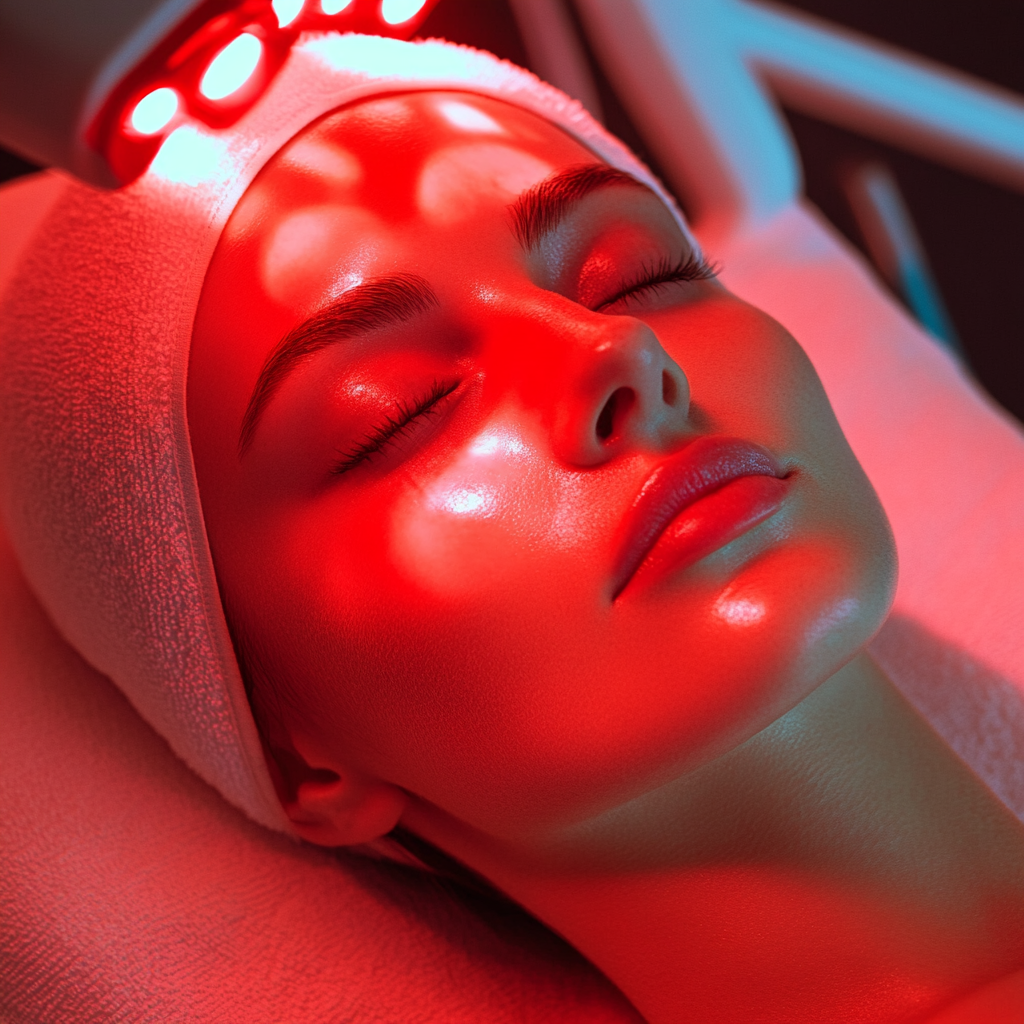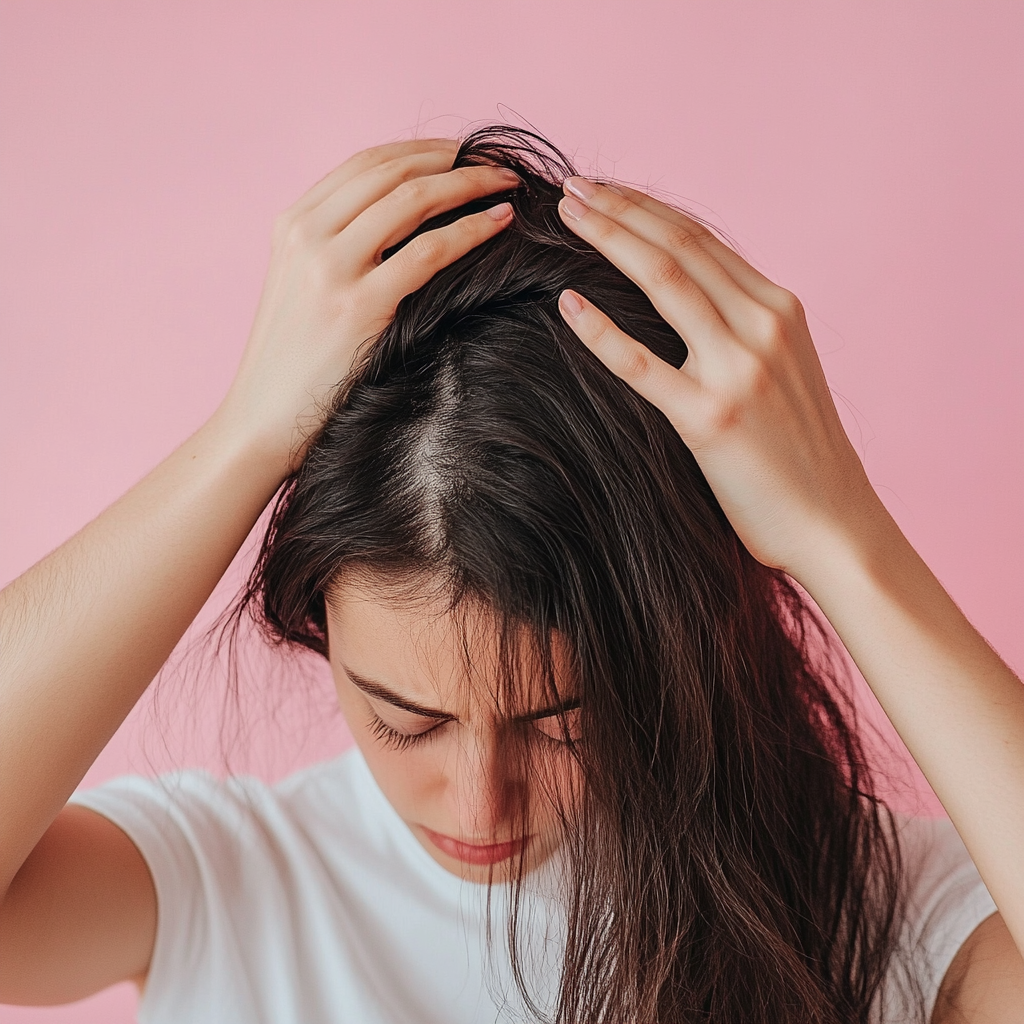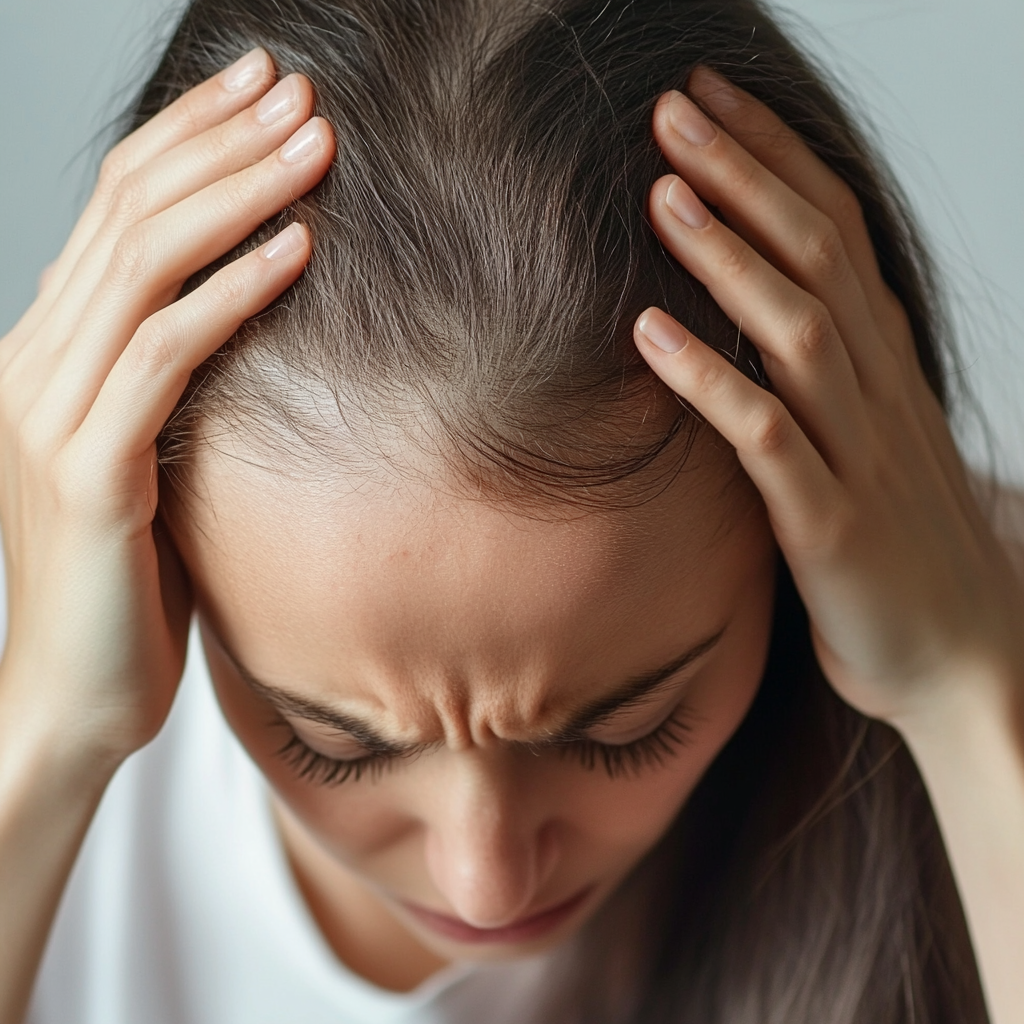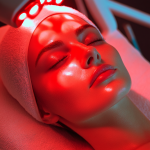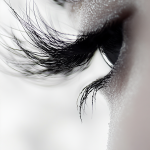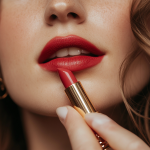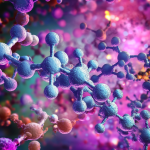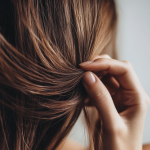Now Reading: The Science of Hair Growth: How to regrow thicker hair
-
01
The Science of Hair Growth: How to regrow thicker hair
The Science of Hair Growth: How to regrow thicker hair
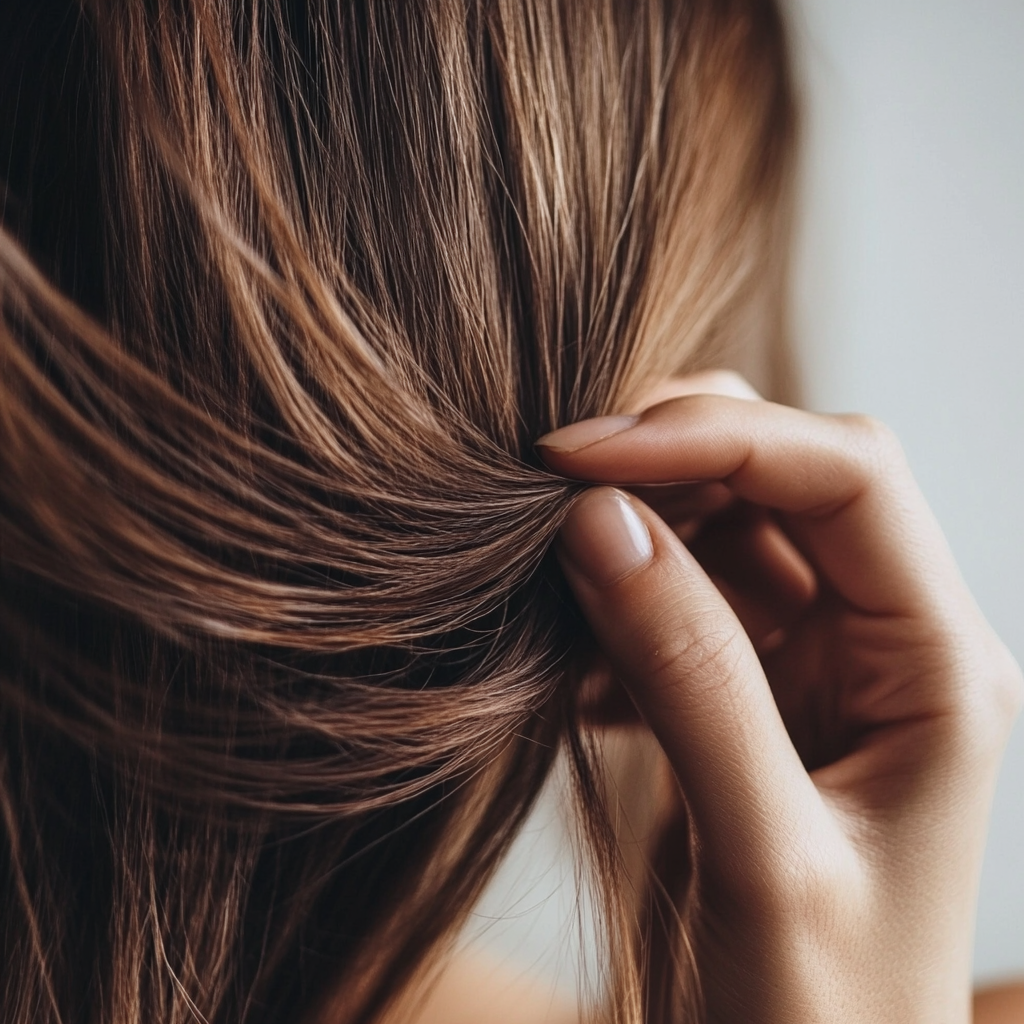
Introduction
Hair growth is both an art and a science, influenced by genetics, hormones, nutrition, and environmental factors. Whether you’re dealing with thinning hair, seasonal shedding, or pattern baldness, understanding the biological mechanisms behind hair growth is the first step to regaining thicker, fuller hair. In this comprehensive guide, we’ll break down the hair growth cycle, the key causes of hair loss, and science-backed treatments that actually work.
Understanding the Hair Growth Cycle
Your hair isn’t just growing constantly—it goes through a complex cycle of growth, rest, and shedding. There are three primary phases:
1. Anagen (Growth Phase)
- Lasts 2-7 years
- Hair follicles actively produce new hair cells
- The longer the anagen phase, the longer the hair can grow
2. Catagen (Transition Phase)
- Lasts about 10-14 days
- Hair follicle shrinks and detaches from the dermal papilla
- Growth slows as the follicle prepares to enter the resting phase
3. Telogen (Resting & Shedding Phase)
- Lasts 3-4 months
- Hair remains in the follicle but is no longer growing
- Eventually, it sheds and is replaced by a new anagen-phase hair
At any given time, about 85% of your hair is in the anagen phase, while 10-15% is in the telogen phase. An imbalance in this cycle—where more hairs enter the telogen phase prematurely—can result in excessive shedding and thinning.
Why Does Hair Loss Happen?
There are several reasons why people experience hair loss, ranging from genetic predisposition to lifestyle habits. The most common causes include:
1. Hormonal Imbalances & DHT Sensitivity
- Dihydrotestosterone (DHT) is a byproduct of testosterone that shrinks hair follicles in those genetically predisposed to hair loss (androgenetic alopecia).
- This leads to progressively shorter anagen phases and thinner, weaker hair.
2. Nutritional Deficiencies
- Iron, biotin, vitamin D, and zinc are essential for healthy hair growth.
- Inadequate protein intake can weaken hair strands and lead to breakage.
3. Chronic Stress & Cortisol Overload
- Stress can push hair into the telogen phase prematurely, leading to sudden shedding known as telogen effluvium.
- Chronic stress also triggers inflammation, which can disrupt follicular function.
4. Scalp Health & Inflammation
- Sebum buildup, dandruff, or scalp conditions like psoriasis can block hair follicles and slow growth.
- A clean, balanced scalp environment is crucial for optimal follicle function.
5. Aging & Decreased Collagen Production
- As we age, collagen levels decline, leading to weaker hair structure and slower growth.
- The hair growth cycle naturally shortens, making it harder for hair to reach long lengths.
Science-Backed Strategies for Hair Regrowth
The good news? Hair follicles are highly responsive to targeted interventions. Here’s what actually works, backed by clinical research:
1. Topical Minoxidil: The Gold Standard
- OTC-approved treatment that stimulates follicular activity and extends the anagen phase.
- Works by increasing blood flow and nutrient delivery to hair follicles.
- Most effective for early-stage hair thinning.
2. DHT Blockers (Finasteride & Spironolactone)
- Blocks DHT at the root, preventing follicle miniaturisation.
- Natural DHT blockers: Saw palmetto, pumpkin seed oil, and green tea extract help reduce DHT conversion without systemic side effects.
3. Microneedling for Hair Regeneration
- Tiny micro-injuries trigger collagen production and enhanced growth factor release.
- Increases the absorption of topical treatments like minoxidil by up to 5x.
4. Scalp Exfoliation & Massage
- Removes dead skin, excess sebum, and buildup that can clog follicles.
- Increases blood circulation, delivering more oxygen and nutrients to the scalp.
- Try using a scalp scrub or soft silicone massager for best results.
5. Nutrition for Hair Growth
- Protein: Hair is made of keratin, a protein, so adequate intake is essential.
- Biotin & Collagen: Support stronger, more elastic hair strands.
- Iron & Vitamin D: Deficiencies are directly linked to hair thinning and slow regrowth.
6. Red Light Therapy (LLLT)
- Low-Level Laser Therapy increases ATP (cellular energy) in hair follicles.
- Studies show it can improve hair density and thickness in individuals with androgenetic alopecia.
7. Stress Management & Sleep Optimisation
- Chronic stress raises cortisol levels, which directly contributes to hair loss.
- Meditation, breathwork, and proper sleep hygiene can significantly improve hair retention.
What Results Can You Expect?
Timeline for Hair Regrowth:
- 3-6 months: Initial regrowth and reduced shedding
- 6-12 months: Increased density, improved thickness
- 12+ months: Peak regrowth potential with consistent treatment
Hair regrowth is a gradual process that requires patience, consistency, and a multi-faceted approach. The combination of scientific treatments, nutritional support, and stress management can yield noticeable improvements in hair thickness and strength.
Conclusion: The Future of Hair Growth Innovation
Advancements in hair science, from stem cell therapy to exosome treatments, are revolutionising hair restoration possibilities. While the current gold-standard treatments like minoxidil and DHT blockers are effective, emerging biotech-driven solutions hold promise for the next frontier of hair regrowth.
For those seeking natural, evidence-based solutions, optimising scalp health, balancing hormones, and supporting follicles with the right nutrients can significantly improve hair health over time.












